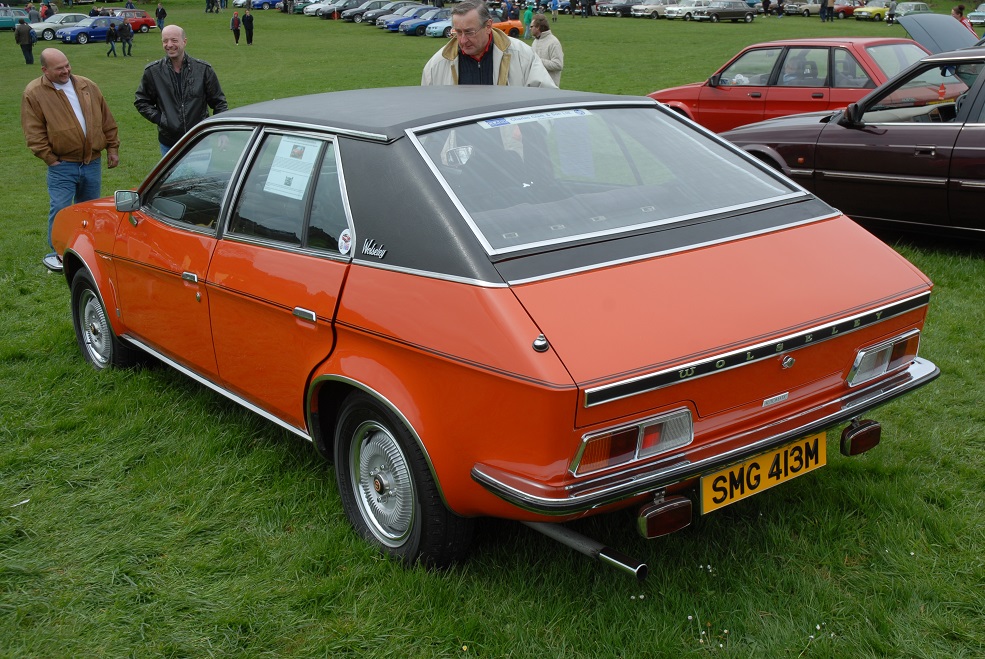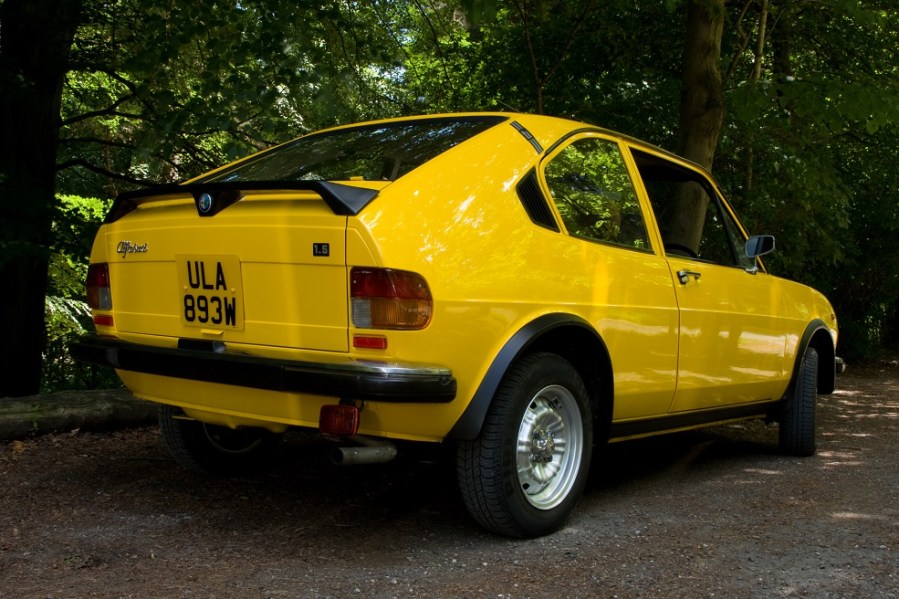It’s rare to find a car without a handy hatchback rear these days, but car makers were slower to adopt the hatch than you might realise.
Ask a child to draw a picture of a car and the chances are the result will be the traditional three-box saloon, but increasingly the market offers us anything but – a process which began decades ago when somebody invented the concept of the hatchback.
It’s a controversial subject, about as easy to pin down as the old favourite “what defines a classic car then?” but the first production hatchback is often suggested as being the Austin A40 Farina, specifically the Countryman version with its split tailgate.
Strangely though, the obvious practicality offered by the early hatchbacks wasn’t pursued by car makers in general and looking back over history it’s fascinating to see the number of designs which make you wonder just why their maker didn’t go the extra step and add an opening tailgate to clean up in the market.
Most obvious is perhaps our own Mini, which with its front-wheel drive would have been a perfect candidate for a rear loading hatch but which was never offered with one. Engineering a hatchbacked Mini wasn’t impossible either, as Ringo Starr’s Radford version proved when it swallowed his drum kit.

Of course the hatchback Mini would in practice eventually arrive as the Metro, although ironically Austin Rover did consider a booted saloon version of the car, a prototype of which survives in the BMM collection today.
BL would repeat its not-a-hatchback trick with the Princess and the Allegro, both these Harris Mann designs boasting a fastback rear end which suggested a capacious and accessible luggage area. Except that the Allegro’s structure proved so wobbly even in saloon form that a hatchback treatment just wasn’t possible, while the Princess had to wait until it became the Ambassador to get the modern hatch it deserved, In which form it must be said, it was a superb family load-carrier, able to swallow camping gear and bikes with ease.
The Italian equivalent of BL, in the guise of then state-controlled Alfa Romeo, was no better either: the ground-breaking Alfasud which debuted in 1971 didn’t copy the hatchback rear of the Renault 5 or the Fiat 127 which would both arrive the following year but offered buyers a stumpy little bootlid. The Sud though was one of the few designs which was simply given a hatchback rear end without needing to be re-engineered into a new model first, with the change coming in 1981.
The French were no better either, as witnessed by the Citroën CX. Robert Opron’s sleek style was almost styled as a hatchback, yet like the Alfasud the car offered just an awkward boot with a lid which inevitably clouted you on the head. If you wanted a practical CX, Citroën would have argued, then cars simply didn’t come more practical than its own CX Safari estate. Coupled with the CX’s outlandish looks and intimidating complexity, this left the Renault 30, Audi 100 Avant and of course the Rover SD1 to tempt those executives with big dogs and/or families. Similarly, Lancia’s Beta also missed out on the market for capacious fastback saloons, although in that particular case there were bigger problems to worry about.
It’s unusual for Ford to get product positioning wrong (we’ll charitably overlook the early Mk5 Escort for a moment) but similarly, it wasn’t until the Capri II incarnation in 1974 that the firm’s flagship coupe gained an opening rear.
It seems that part of the reason for makers seemingly ignoring the practicality of the hatch is one of simple snobbery: hatchbacks were shopping cars and in some countries the idea of practicality sat uneasily with the prestige of an executive motor well into the new millennium.

Indeed, when BMW launched its 5-Series Gran Turismo in 2010, the answer to the question nobody quite liked to ask was that in Germany, estate cars were still seen as utilitarian – even, presumably in fully loaded 540i or M5 Touring specification. Hence the 5 GT’s curious hybrid boot/hatch arrangement with a separate inner screen which allowed either a smaller bootlid aperture or a full hatchback opening. The secret to its existence is revealed when you realise that although it was badged as a 5-Series it had more in common with the contemporary 7-Series and as such is the closest thing you’ll get to a 7-Series estate.
Skoda was presumably less worried about the automotive preferences of German high-flyers, but produced a similar concept in the shape of the second-generation Superb, which used a cumbersome – and heavy – rear-end arrangement dubbed Twindoor which could either be opened as a traditional bootlid or a big hatch. Automotive fence-sitting has never been so curious and both these half-way house arrangements were destined to be short-lived. And what replaced them? Ah yes, that’ll be the SUV…




